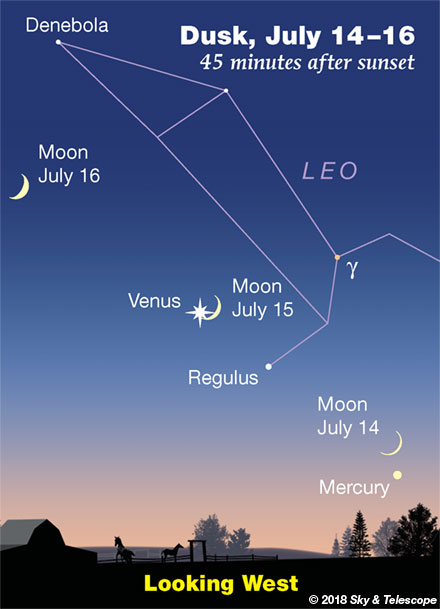
Friday, July 13
• Cassiopeia is now well past its annual bottoming out due north. Look for its W pattern climbing low in the north-northeast after dark. The farther north you live, the higher it will be.
Saturday, July 14
• As twilight fades, see if you can catch the Moon over Mercury very low in the west, well to the lower right of Venus as shown here. Your best view may be about 45 minutes after sunset.
• One hour after sunset, as twilight fades further and the stars are coming out, you'll find the two brightest stars of summer, Vega and Arcturus, about equally near the zenith: Vega toward the east, shining very pale bluish white, and Arcturus toward the southwest, pale yellow-orange.
Sunday, July 15
• Moon and Venus: a lovely couple! Hanging dramatically in the west during twilight will be quite the eye-catcher: Venus and the crescent Moon closely paired. How closely depends on where you are. Seen at the time of dusk in North America's eastern time zone, they’ll appear about 2° apart. Seen from the West, they’ll be less than 1° apart.
Also, look carefully a little to their lower right for Regulus twinkling away. It’s slightly less than 1% as bright as Venus. You may also be able to catch Mercury much farther lower right. A line from Venus through Regulus points straight to Mercury; binoculars will help.
Monday, July 16
• Now the crescent Moon in twilight shines upper left of Venus. Its sunlit bulge points down almost straight toward Venus — and, as always, exactly straight toward the Sun.
Tuesday, July 17
• Starry Scorpius is sometimes called "the Orion of Summer" for its brightness and its prominent red supergiant (Antares in the case of Scorpius, Betelgeuse for Orion). But Scorpius passes a lot lower across the southern sky on July nights than Orion does in winter (for those of us at mid-northern latitudes.) That means it has only one really good evening month: July.
Catch Scorpius due south just after dark now, before it starts to tilt lower toward the southwest. It's full of deep-sky objects to hunt out with a good sky atlas and binoculars or a telescope.
Wednesday, July 18
• The Moon at nightfall shines to the upper right of Spica. Look very high above the Moon for brighter Arcturus. Far to the right of Arcturus is the Big Dipper.
• The Cygnus Milky Way is high in the east after dark and passes overhead late at night. The Heart Star of Cygnus, and the center of the Northern Cross, is 2nd-magnitude Sadr (Gamma Cygni), smack in the Milky Way's midst. Binoculars will show the roughly heart-shaped ring of faint stars around and including it. Explore this area with Matt Wedel's Binocular Highlight column and chart in the July Sky & Telescope, page 43.
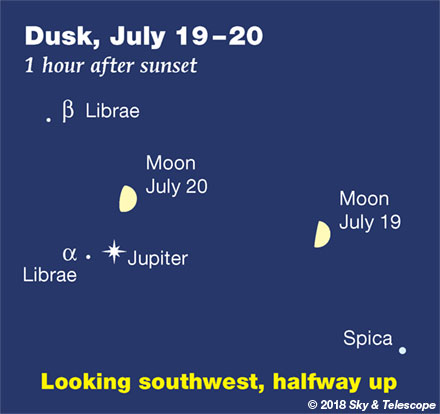
Thursday, July 19
• First-quarter Moon (exact at 3:52 p.m. Eastern Daylight Time). The Moon shines in the southwest at dusk, with Spica to its lower right and Jupiter to its left. Draw a line about twice as far onward from Jupiter and you'll reach Antares, passing Delta Scorpii along the way.
Friday, July 20
• The waxing gibbous Moon shines over Jupiter this evening. Left of Jupiter by just 2° is the wide binocular double star Alpha Librae, magnitudes 2.8 and 5.1.
The Moon is 1.3 light-seconds distant from us, Jupiter is 44 light-minutes in its background, and the two stars of Alpha Librae are 77 light-years behind them.
Saturday, July 21
• Jupiter and little Alpha Librae shine lower right of the Moon this evening. To the Moon's lower left is Antares, with other stars of upper Scorpius scattered around.
________________________
Want to become a better astronomer? Learn your way around the constellations! They're the key to locating everything fainter and deeper to hunt with binoculars or a telescope.
This is an outdoor nature hobby. For an easy-to-use constellation guide covering the whole evening sky, use the big monthly map in the center of each issue of Sky & Telescope, the essential guide to astronomy.

Once you get a telescope, to put it to good use you'll need a detailed, large-scale sky atlas (set of charts). The basic standard is the Pocket Sky Atlas (in either the original or Jumbo Edition), which shows stars to magnitude 7.6.
Next up is the larger and deeper Sky Atlas 2000.0, plotting stars to magnitude 8.5; nearly three times as many. The next up, once you know your way around, are the even larger Interstellarum atlas (stars to magnitude 9.5) and Uranometria 2000.0 (stars to magnitude 9.75). And read how to use sky charts with a telescope.
You'll also want a good deep-sky guidebook, such as Sue French's Deep-Sky Wonders collection (which includes its own charts), Sky Atlas 2000.0 Companion by Strong and Sinnott, or the bigger Night Sky Observer's Guide by Kepple and Sanner.
Can a computerized telescope replace charts? Not for beginners, I don't think, and not on mounts and tripods that are less than top-quality mechanically (meaning heavy and expensive). And as Terence Dickinson and Alan Dyer say in their Backyard Astronomer's Guide, "A full appreciation of the universe cannot come without developing the skills to find things in the sky and understanding how the sky works. This knowledge comes only by spending time under the stars with star maps in hand."
This Week's Planet Roundup
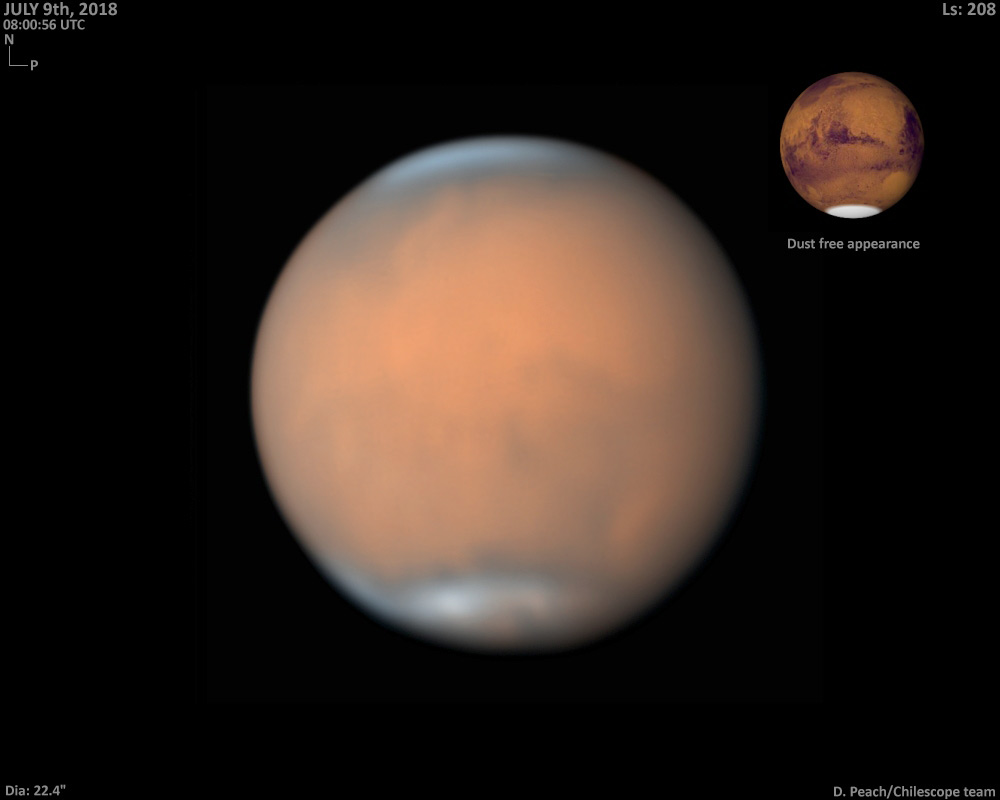
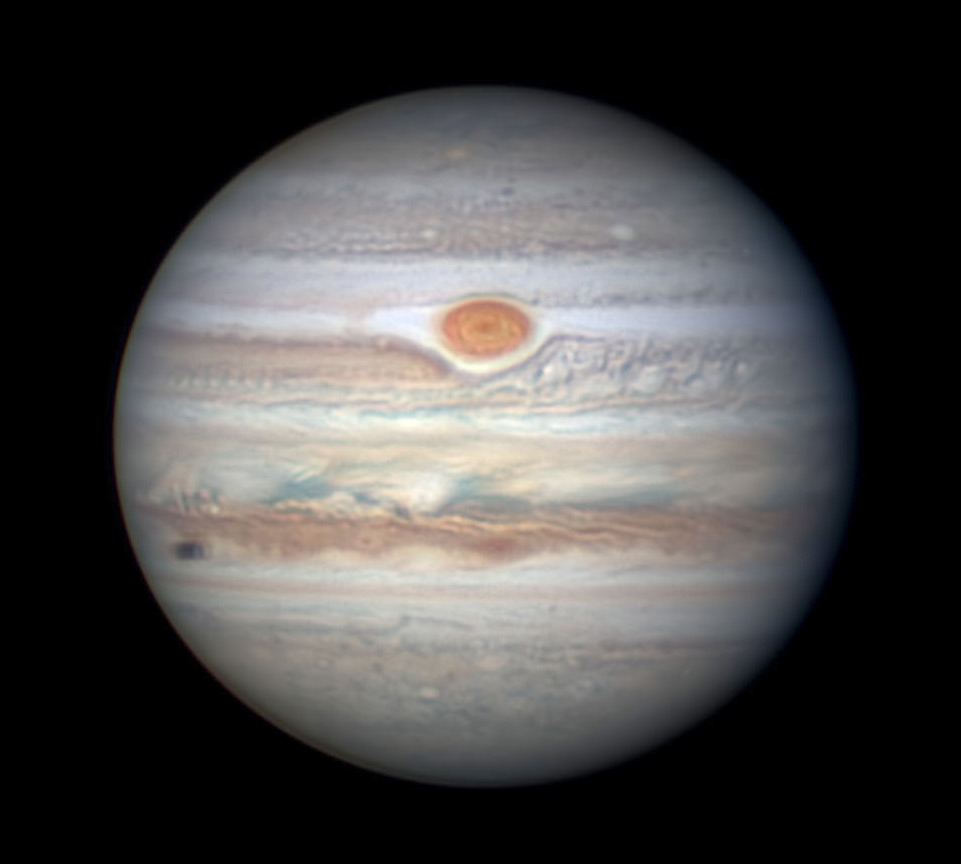
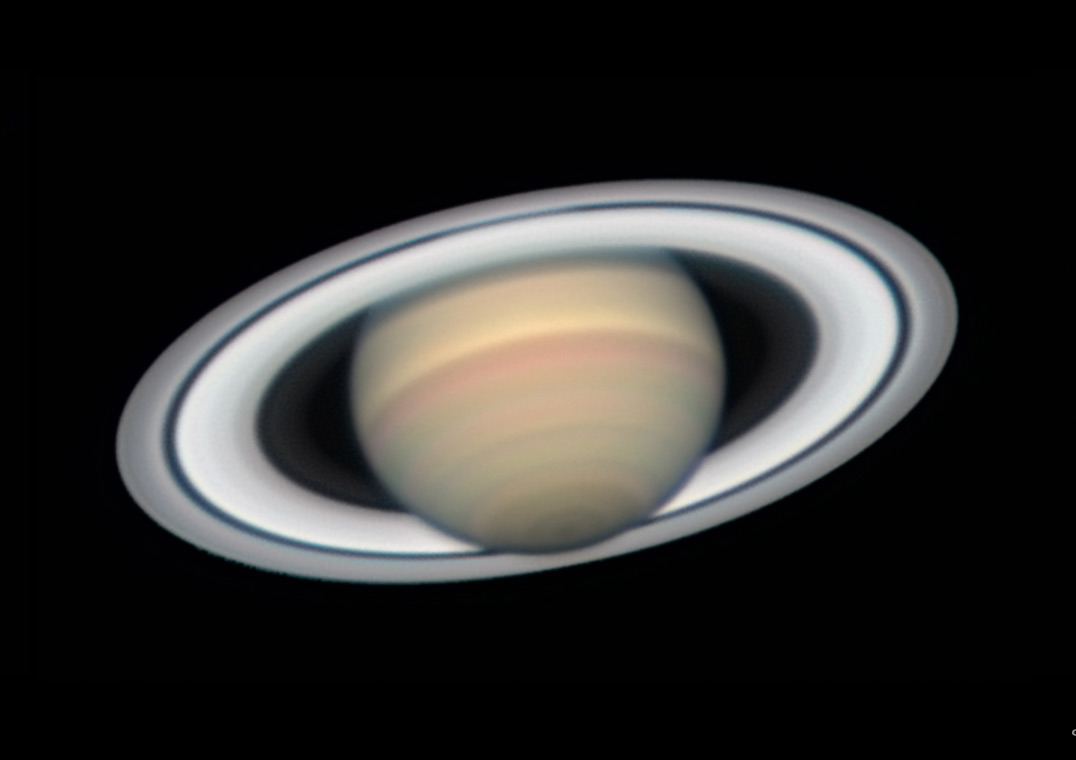
Mercury, low in the afterglow of sunset, fades this week from magnitude +0.4 to +1.1 while sinking even lower. Look for it in the west-northwest, about 18° lower right of Venus, about 30 minutes after sunset. Binoculars help, especially by the end of the week.
Venus (magnitude –4.2, in Leo) shines brightly in the west during twilight, though lower every week. It now sets soon after dark. Look for Regulus (magnitude +1.4) increasingly far to its lower right, and Mercury farther to its lower right. In a telescope Venus is a gibbous disk 18 arcseconds tall and 64% sunlit.
Mars is the "star" planet of the summer! It's a spot of fire blazing like nothing else in the late-night sky. At about magnitude –2.6 and growing, it outshines even Jupiter.
Mars rises in the southeast during twilight. After dark it's a weird anomaly low in the southeast, in southern Capricornus. Mars is highest in the south, in best telescopic view, around 2 a.m. daylight-saving time and is getting low in the southwest by dawn. It's 23 arcseconds in diameter, on its way to 24.3 arcseconds for the week around its closest approach on the night of July 30-31.
But Mars remains in the throes of a great dust storm! Dust still envelopes the globe, obscuring most of the familiar dark surface features. The dust is expected to remain in the Martian atmosphere through opposition and long after. See our article Big Dust Storm Blows up on Mars.
Can you identify any markings as seen in your scope? Or just, perhaps, a thin line of of high-altitude white cloud near the poles? For a Mars map that shows which features ought to be facing Earth at your time and date, use our Mars Profiler.
Vesta, the brightest asteroid, is still about magnitude 6.0 in southern Ophiuchus some 10° west of Saturn. Article and finder charts: Vesta Gets Close and Bright.
Jupiter (magnitude –2.2, in Libra) shines in the south-southwest in twilight, between Spica about 20° to its right and the upper head of Scorpius a similar distance to its left. Catch it with your scope even before the end of twilight, before it starts to move seriously lower. Jupiter has shrunk to 40 arcseconds wide.
Saturn (magnitude +0.1, above the Sagittarius Teapot) glows yellow in the south-southeast in late twilight and higher in the south by 11 or midnight. It's 32° upper right of much brighter Mars.
Uranus (magnitude 5.8, at the Aries-Pisces border) and Neptune (magnitude 7.9, in Aquarius) are nicely placed high on the southeastern side of the sky in the hour before the beginning of dawn. Finder charts for Uranus and Neptune.
______________________
All descriptions that relate to your horizon — including the words up, down, right, and left — are written for the world's mid-northern latitudes. Descriptions that also depend on longitude (mainly Moon positions) are for North America.
Eastern Daylight Time (EDT) is Universal Time (also called UT, UTC, GMT, or Z time) minus 4 hours.
______________________
"Remember to look up at the stars and not down at your feet. Try to make sense of what you see and wonder about what makes the universe exist. Be curious."
— Stephen Hawking, 1942–2018
______________________
"The dangers of not thinking clearly are much greater now than ever before. It's not that there's something new in our way of thinking, it's that credulous and confused thinking can be much more lethal in ways it was never before."
— Carl Sagan, 1996
______________________
"Objective reality exists. Facts are often determinable. Vaccines save lives. Carbon dioxide warms the globe. Bacteria evolve to thwart antibiotics, because evolution. Science and reason are not a political conspiracy. They are how we determine facts. Civilization's survival depends on our ability, and willingness, to do this."
— Alan MacRobert, your Sky at a Glance editor
______________________
"Facts are stubborn things."
— John Adams, 1770
 0
0








Comments
You must be logged in to post a comment.